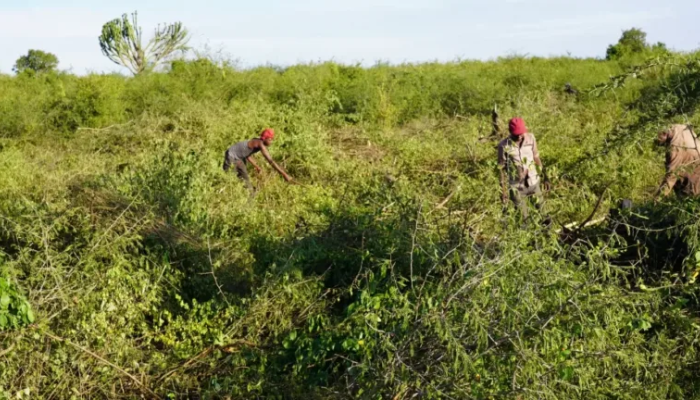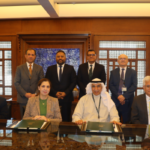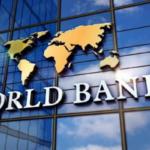The COVID-19 pandemic highlighted the need for coordinated action to strengthen health systems and increase resources for pandemic prevention, preparedness, and response (PPR). The Food and Agriculture Organization of the United Nations (FAO) has partnered with key stakeholders to enhance One Health-based PPR in the Greater Virunga Landscape (GVL).
From 11 to 14 February 2025, government representatives, project implementing entities, international organisations, and other partners met in Kigali to align efforts and develop a comprehensive 2025 work plan for the Strengthening One Health-Based PPR in the Greater Virunga Landscape (SOHGVL) project. Supported by the Pandemic Fund Secretariat, the project aims to improve disease prevention, early detection, and response mechanisms across the region.
Read also: Key takeaways from CMAG’s investment dialogue at Mining Indaba
Collective commitment to health security
FAO Representative a.i. in Rwanda, Mhlanga Nomathemba, emphasised the importance of the initiative. “This initiative is not just a project; it represents our collective commitment to safeguarding human, animal, and environmental health against emerging threats.”
The workshop focused on refining the project’s Theory of Change, establishing reporting and coordination mechanisms, and facilitating field visits to assess local challenges. Implementing entities, including FAO, the World Health Organization (WHO), and the United Nations Children’s Fund (UNICEF), reviewed progress and developed strategies to accelerate implementation.
Delivery partners such as the Greater Virunga Transboundary Collaboration (GVTC), World Wide Fund for Nature (WWF), Gorilla Doctors, International Union for Conservation of Nature (IUCN), and International Gorilla Conservation Programme (IGCP) contributed expertise in conservation and animal health.
Cross-border cooperation for disease prevention
Rwanda Nature Foundation’s Executive Secretary, Eugene Mutangana, stressed the need for regional collaboration. “Strengthening cross-border cooperation is essential to preventing the spread of diseases that threaten both wildlife and livestock. Rwanda is committed to fostering partnerships that enhance regional health security.”
The project aims to strengthen intergovernmental collaboration among partner states, particularly in community conservation. By engaging communities, the initiative seeks to prevent pandemics and protect people, livestock, wildlife, and the environment.
Dr Andrew Seguya of GVTC highlighted the role of community engagement. “The project will further strengthen the intergovernmental collaboration of the three partner states, especially the pillar of community conservation, by working together with those communities in tackling the challenge of preventing pandemics and thereby protecting the people, their animals, the wildlife, and the environment in which they live and depend for their livelihoods.”
Read also: Mozambique’s $25 bn gas investments set to transform Africa’s energy sector
Building a framework for health security
The meeting concluded with the finalisation of a detailed 2025 work plan and a broader three-year strategy. The project will implement a results-driven framework to track progress and improve health security in the region.
The Greater Virunga Landscape, a region spanning Rwanda, Uganda, and the Democratic Republic of the Congo, faces unique challenges due to its rich biodiversity and transboundary ecosystem. The presence of wildlife, human populations, and livestock in close proximity increases the risk of zoonotic disease transmission. The SOHGVL project seeks to mitigate these risks through a coordinated approach.
The Pandemic Fund has prioritised investments in PPR across multiple sectors. The FAO-led initiative aligns with the One Health approach, which recognises the interconnectedness of human, animal, and environmental health. By integrating disease surveillance, response strategies, and policy frameworks, the project aims to build a sustainable model for future pandemic prevention efforts.
As stakeholders move forward, the focus remains on strengthening institutional capacities, enhancing laboratory networks, and improving early warning systems. The Kigali meeting marked a critical step towards establishing a robust health security framework in the Greater Virunga Landscape.









